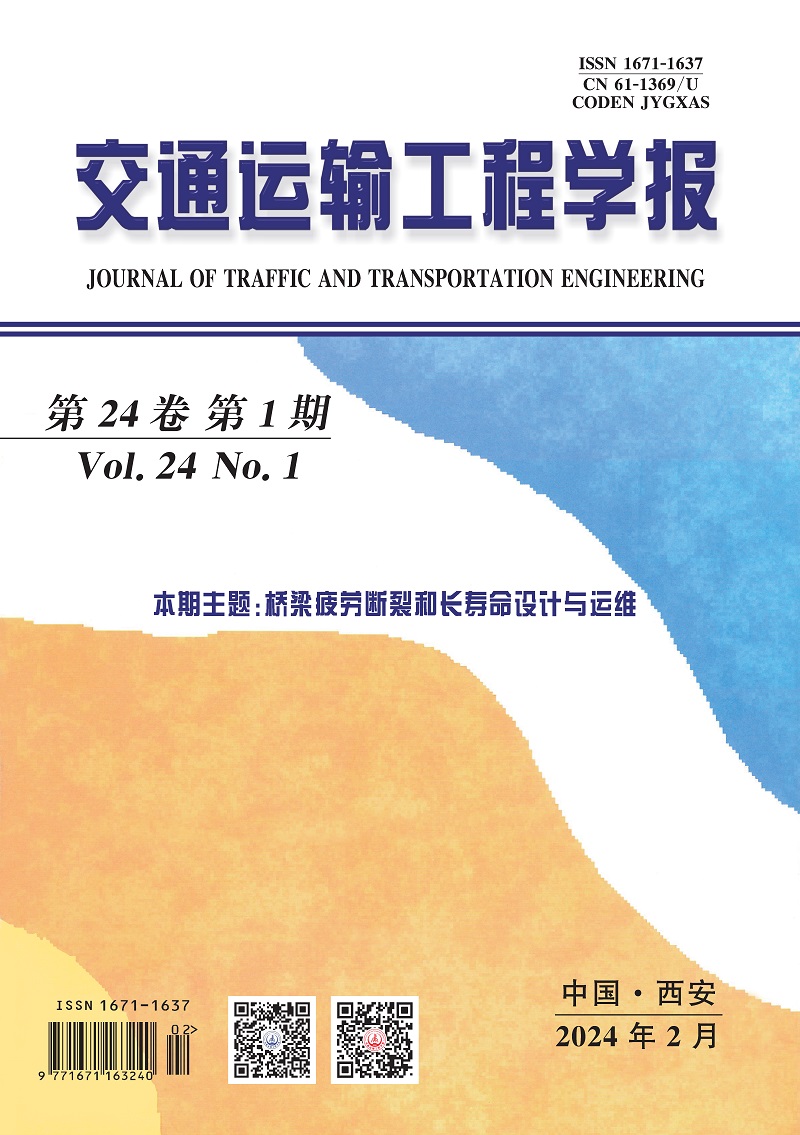2021 Vol. 21, No. 1
Display Method:
Application advances of artificial intelligence algorithms in dynamics simulation of railway vehicle
Abstract:
2021, 21(1): 250-266.
doi: 10.19818/j.cnki.1671-1637.2021.01.012




